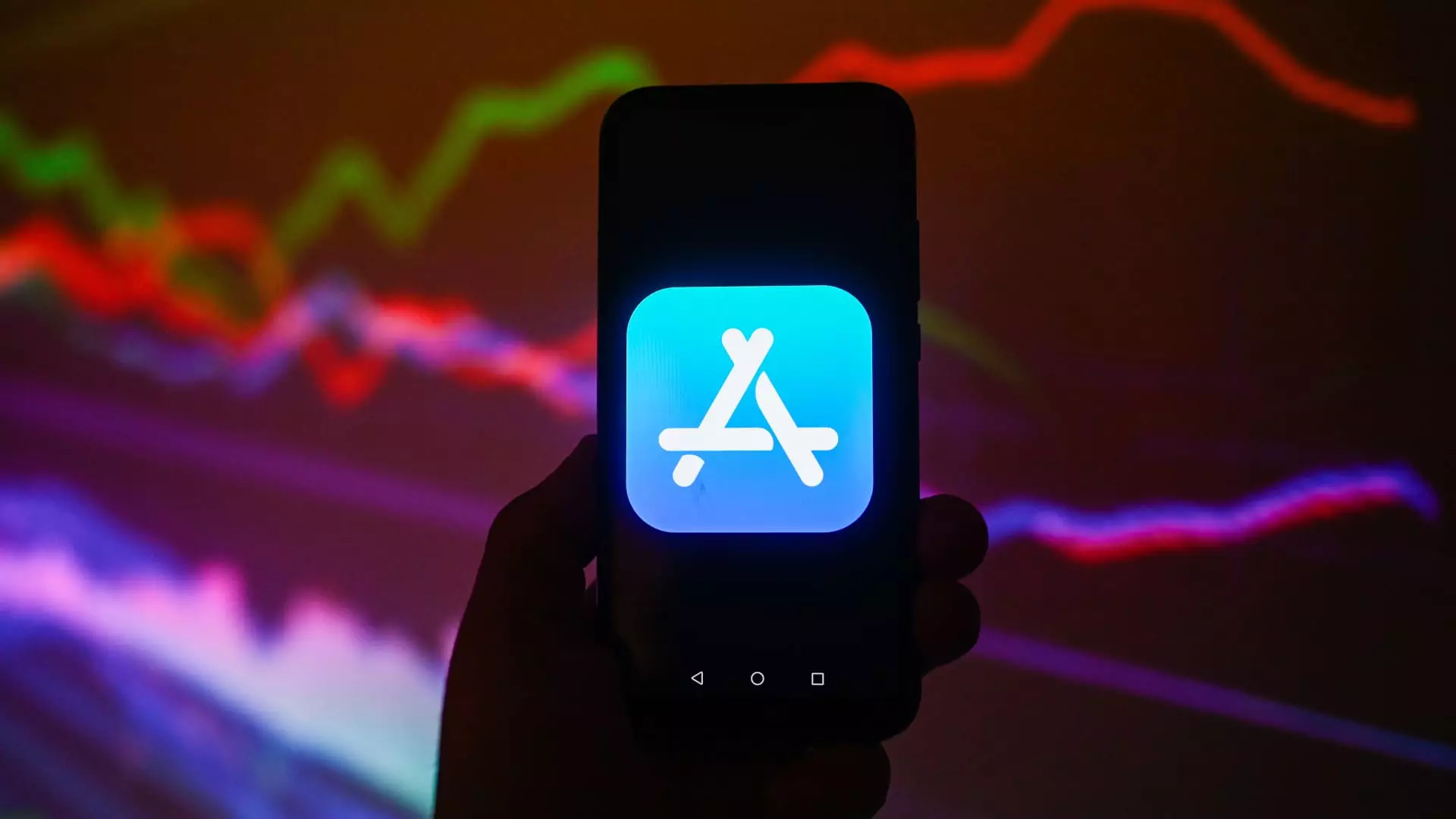Apple Inc. has reached a pivotal moment in its corporate journey as it navigates the increasingly complex waters of mobile technology and consumer electronics. While the flagship iPhone remains a cornerstone of its identity, the company has found itself grappling with a slowing growth trajectory in that segment. However, in a striking contrast, its services sector has blossomed, contributing significantly to its profit margins and overall financial health. Recent earnings reports illustrate a remarkable shift in strategy, as Apple rediscovers its identity not just as a device maker but as a service provider.
In its fiscal first-quarter earnings call, Apple reported an exceptional gross margin of 46.9%, outpacing the previous record set earlier in the year at 46.6%. This achievement underscores the company’s adeptness at navigating challenges while optimizing profitability. CFO Kevan Parekh emphasized how the robust services segment plays a critical role in enhancing the company’s overall margins, even amid a decline in iPhone sales.
The contrast was clear: while iPhone sales dipped nearly 1% due to weakness particularly in the Greater China market, total revenue still managed to increase by 4%, reaching an impressive $124.3 billion. The services sector alone accounted for significant gains, making up roughly 21% of Apple’s total revenues with a recorded revenue of $26.34 billion, exceeding analysts’ expectations.
Apple’s diversification into services—encompassing the App Store, AppleCare, advertising, and subscription services—has transformed its business model. This shift can be seen as a smart response to market conditions characterized by smartphone saturation globally. Notably, services has emerged as a central pillar of Apple’s strategy, effectively counterbalancing the stagnation in iPhone sales. In fact, Apple’s services unit recently crossed the significant threshold of generating $100 billion annually, showcasing the company’s successful pivot to high-margin digital products.
This evolution not only fortifies Apple’s bottom line but also allows for deeper customer engagement through recurring revenue streams. Such steady income is particularly attractive for investors, as it introduces greater predictability in a tech landscape often defined by rapid change.
As Apple positions itself as a provider of premium consumer electronics and high-margin services, Wall Street is responding positively. Analysts have begun to advocate for a valuation premium for Apple, suggesting that as it embraces an era driven by on-device artificial intelligence and extensive digital services, the company is uniquely differentiated. This perspective differs sharply from the earlier reliance on hardware sales, illustrating a strategic evolution that captures both investor confidence and consumer loyalty.
Tim Cook, Apple’s CEO, highlighted the company’s robust product lineup during the holiday season, demonstrating that while hardware remains significant, the integrated ecosystem of services is increasingly where Apple’s future growth lies. This strategic foresight points to a proactive approach in enhancing user experiences and solidifying Apple’s market leadership.
Apple’s current trajectory reveals a fascinating narrative of transformation and adaptability. The struggles within its iPhone segment have triggered an unforeseen renaissance of services, reshaping its financial foundation and market perception. By focusing on high-margin digital revenue streams, Apple is positioning itself not just as a smartphone manufacturer but as a multifaceted technology leader.
As the company continues to shift gears towards service-centric offerings, it stands to harness growth potential not just for the present but for the future, as consumer preferences evolve alongside technological advancements. This duality of hardware and high-margin services could very well define Apple’s enduring success in the coming years, making it a worthy consideration for investment as it redefines what it means to be a tech giant in the 21st century.

